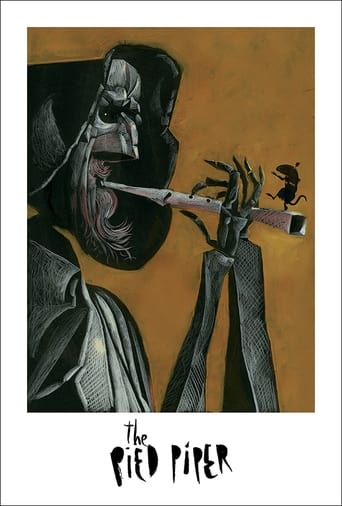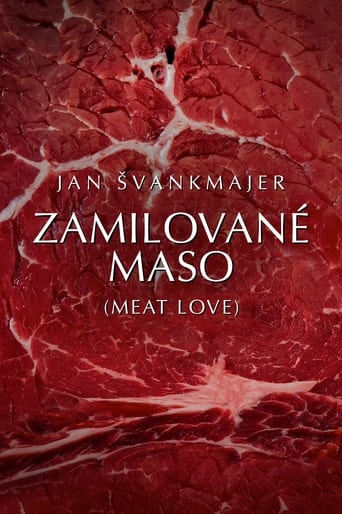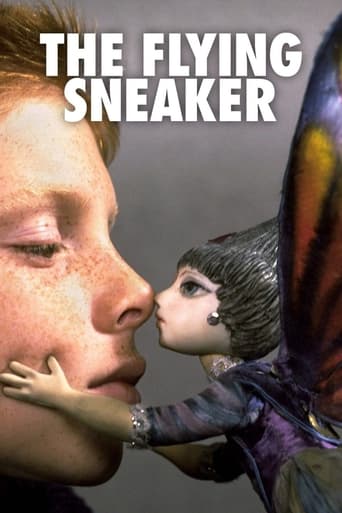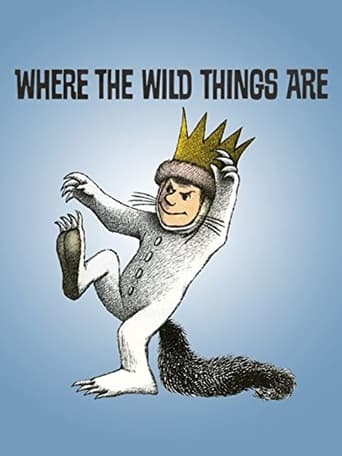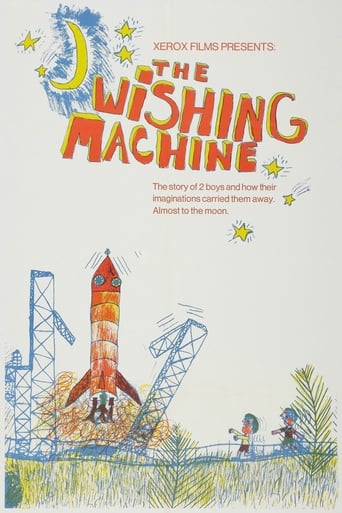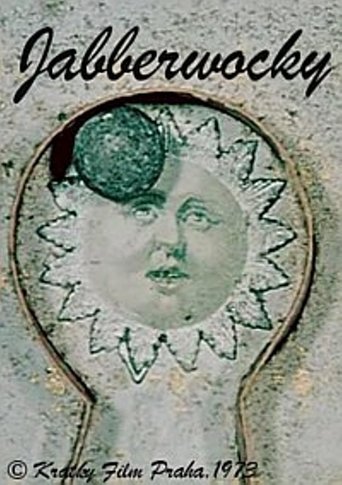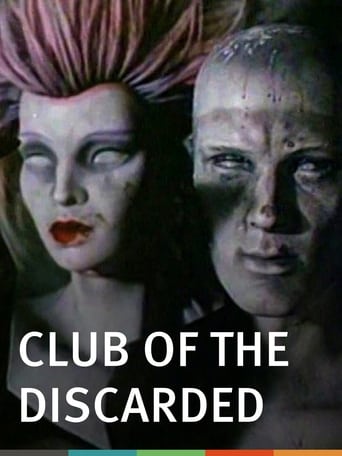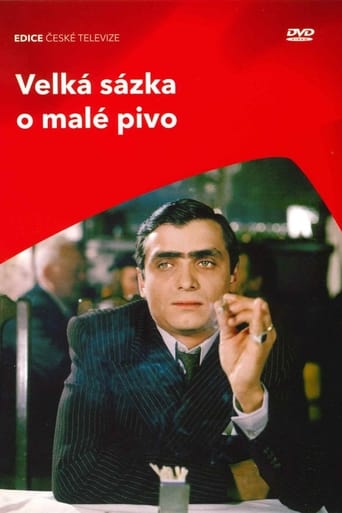The Pied Piper 1985
A darkly brilliant stop-motion adaptation of The Pied Piper of Hamelin about a plague of rats that punish townsfolk corrupt with greed. One of Czechoslovakia's most ambitious animation projects of the 1980s, notable for its unusual dark art direction, innovative animation techniques and use of a fictitious language.
